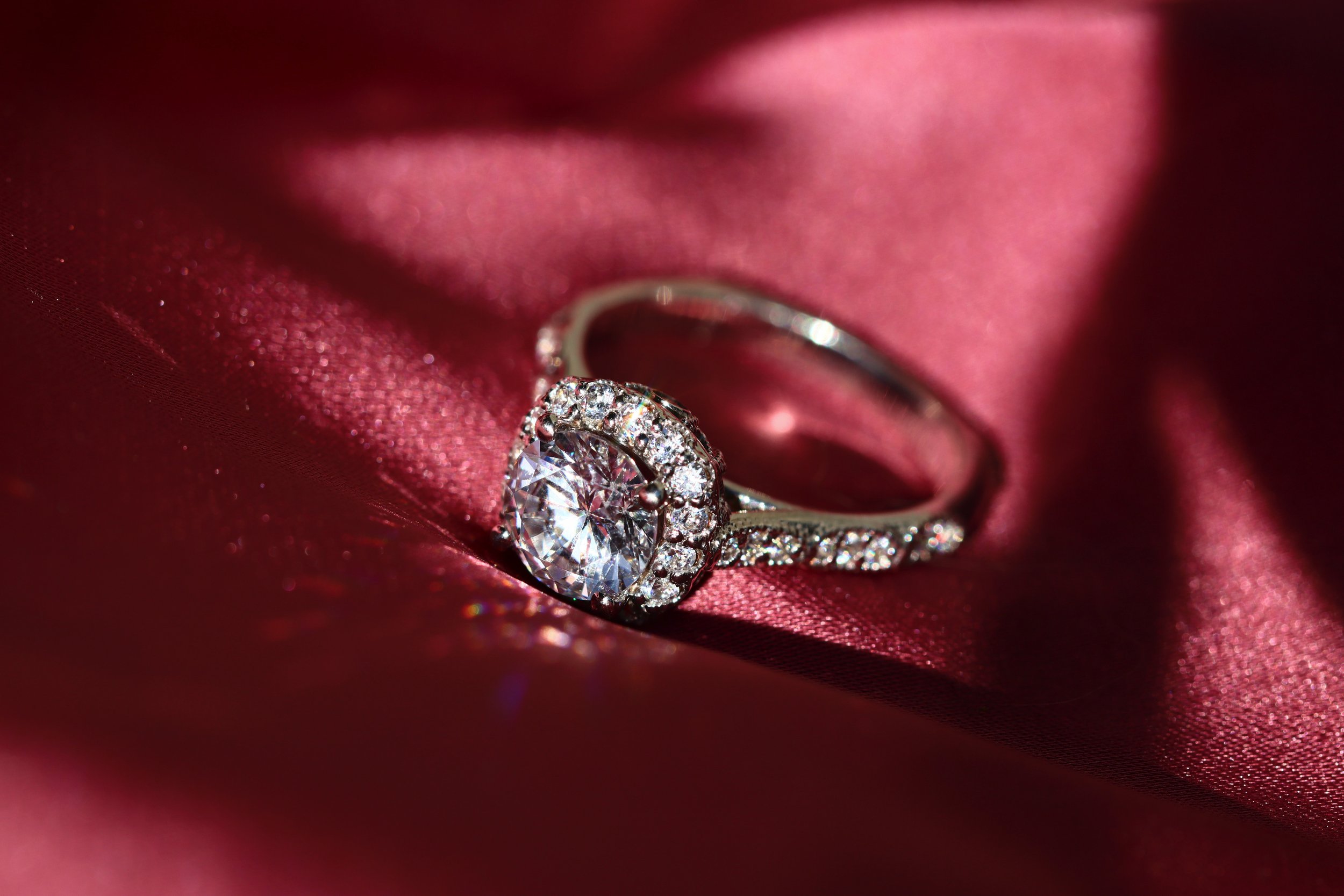
investment lab grown diamonds are gaining considerable traction, not only in the world of luxury but also as a viable investment. These diamonds, also known as lab-created diamonds, are chemically identical to their natural counterparts. They have quickly moved from being an alternative to mined diamonds to becoming a preferred option for savvy investors and discerning buyers alike. In this article, we will delve into why lab-grown diamonds hold immense promise as a financial investment and how they compare to traditional, mined diamonds in terms of value, growth potential, and long-term benefits.
What Are Lab-Grown Diamonds?
Lab-grown diamonds are produced in highly controlled laboratory environments using advanced technology that replicates the natural diamond formation process. The result is a diamond that shares the same optical, chemical, and physical properties as a diamond that is formed over billions of years beneath the earth’s surface. These diamonds are crafted through either High Pressure, High Temperature (HPHT) or Chemical Vapor Deposition (CVD) methods, both of which yield stunning gemstones that are indistinguishable from naturally occurring diamonds.
Lab-grown diamonds are available in all the same cuts, carat weights, and clarity grades that you find with mined diamonds. This creates an appealing option for those looking to invest without sacrificing quality or aesthetic value.
Why Are Lab-Grown Diamonds a Worthy Investment?
Price Accessibility
One of the key benefits of investing in lab-grown diamonds is the more affordable price point compared to mined diamonds. Lab-created diamonds can be priced 30-40% lower than their natural counterparts of the same size and quality. For investors, this means getting more diamond per dollar, allowing the purchase of larger or higher-grade stones at the same price as a smaller, mined diamond.
Sustainability and Ethical Appeal
The rise in consumer demand for ethically sourced products has placed sustainability at the forefront of many purchasing decisions. Lab-grown diamonds are often seen as a more environmentally friendly and ethical alternative to mined diamonds. With no need for extensive mining operations, lab-grown diamonds are associated with lower carbon emissions, less environmental degradation, and no connection to conflict zones (often called “blood diamonds”).
For investors, this means that lab-grown diamonds carry an ethical premium. As more people become conscious of their environmental and social footprint, the demand for lab-grown diamonds continues to rise, positively influencing their market value.
Increasing Market Demand
As consumer awareness grows, so does the demand for lab-created diamonds. Millennials and Gen Z, in particular, are showing a marked preference for sustainable luxury products. This growing demographic is driving the surge in popularity for lab-grown diamonds, both as jewelry and as assets. The jewelry market is expected to see continued growth in the sale of lab-created diamonds, signaling a strong future for appreciation in value.
Investment Flexibility
Lab-grown diamonds offer investors a unique level of flexibility. Their lower price point means that an investor can diversify their portfolio more easily compared to purchasing a single high-priced mined diamond. Moreover, lab-created diamonds are available in a variety of sizes, colors, and clarity levels, giving investors the ability to tailor their diamond investments based on market trends or personal preferences.
Comparing Lab-Grown Diamonds to Natural Diamonds as Investments
While mined diamonds have long been considered valuable commodities, lab-grown diamonds present some unique advantages for modern investors. Both types of diamonds are assessed using the traditional 4Cs—cut, clarity, color, and carat, but lab-grown diamonds can offer additional benefits.
Consistency in Supply and Quality
Unlike natural diamonds, which are subject to the constraints of mining and geological scarcity, lab-grown diamonds can be produced consistently. This reliable production ensures a steady supply of high-quality diamonds, reducing the volatility that can sometimes impact the price of natural diamonds. Investors are assured that they can easily acquire diamonds that meet their quality standards, whether they are looking for near-flawless gemstones or colored diamonds.
Technological Advancements
The processes used to create lab-grown diamonds continue to advance rapidly, which is helping to further drive down costs and improve quality. As these technological improvements continue, the appeal of lab-grown diamonds will likely increase, not only for consumers but also for investors seeking stable growth potential. In contrast, the natural diamond market remains subject to the uncertainty of supply limitations and fluctuating extraction costs.
Resale Value and Market Growth
Lab-grown diamonds are still a relatively new option, and while their resale value is currently lower than that of natural diamonds, the market is changing. As more buyers and retailers become familiar with and favor lab-grown diamonds, their resale potential is expected to grow. Moreover, the price point at which investors can purchase lab-created diamonds makes them an excellent short- to mid-term investment, with opportunities to benefit as consumer demand increases.
How to Invest in Lab-Grown Diamonds: Key Considerations
Certification and Grading
When investing in lab-grown diamonds, it is crucial to ensure that your diamonds are accompanied by proper certification from reputable grading bodies such as the Gemological Institute of America (GIA) or the International Gemological Institute (IGI). Certified diamonds give investors peace of mind regarding the quality and authenticity of the stone.
Just like natural diamonds, lab-grown diamonds are graded on the 4Cs, and ensuring proper certification is key to verifying their investment value.
Size, Color, and Clarity
Investors should consider diamonds that fall within the “investment-grade” category. Typically, these diamonds will be of higher clarity and color, making them more desirable on the market. Larger carat weights often provide better long-term value appreciation, particularly when paired with excellent cut quality. However, diversification is also a strategy many investors employ by investing in various sizes and grades.
Market Trends and Future Prospects
Keeping an eye on emerging trends in the luxury market is essential. As more high-end jewelers adopt lab-grown diamonds in their collections, the market value of these stones is expected to increase. As synthetic diamonds become more mainstream, many industry experts predict a growing secondary market for resale, which should solidify their place in investment portfolios.
Rarity and Unique Properties
Some investors look for unique lab-grown diamonds—such as those with colored variations like blue, pink, or yellow—which can hold special value due to their rarity, even in a lab-grown context. These colors are produced through technological manipulation during the creation process and offer an exciting avenue for speculative investment in diamonds with distinctive characteristics.
Conclusion: Lab-Grown Diamonds as a Smart Investment Choice
Lab-grown diamonds offer a unique blend of affordability, sustainability, and investment potential. They are appealing to a growing market of consumers looking for ethical and high-quality luxury goods, while simultaneously providing investors with an opportunity to enter a burgeoning sector with room for growth. While the natural diamond market remains strong, the increasing popularity of lab created diamonds, driven by technological advancements and ethical demand, makes them an intriguing addition to any investor’s portfolio.


